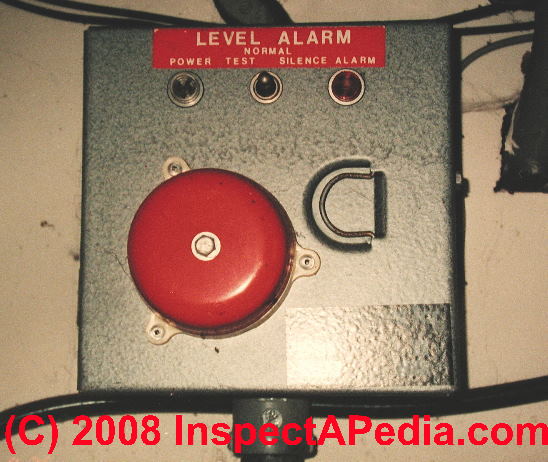

- #Red alarm for septic system how to
- #Red alarm for septic system full
If you already have connected to the City’s sewer system and have made use of the City’s interest-free financing option, you may be eligible for a loan payoff depending on your income. #Red alarm for septic system full
If a residential property owner does not qualify for a full or partial grant, 10-year interest-free financing is available, for all or a portion of the cost. In some cases, applicants/households that do not qualify for 100% of the cost of connection can receive a grant for up to 50% of the cost. In order to qualify for a grant to cover 100% of the cost to convert from a septic tank to City sewer, the applicant/household must income qualify, according to State guidelines. Call the Connection Support Office in City Hall at 77 to determine if you are eligible for a grant. Different types of funding may be available at different times depending on grant programs. Grants are awarded on first-come-first-serve basis. Diseases can be spread by waste such as dysentery. 

The water will likely be smelly and will be a health hazard.
Standing water: There may be puddles of standing water on your property. Significant rainfall can quickly flood the ground around the soil absorption area (drain field) leaving it saturated, making it impossible for water to flow out of your septic system. Water is backing up: It is common to have septic back-up after or even during heavy rain. Toilet and drain issues: If the toilet won't flush and the sink or bathtub won’t drain, then your septic tank might be too full. A common odor is the smell of rotten eggs. An awful smell: A terrible odor is one of the most common things you will notice when your septic system is failing. The gurgling results from the septic tank being too full of solids and not being able to function properly. This is a sign that the tank is full and needs to be pumped. Gurgling noises: Your plumbing may begin to make gurgling noises when you run the water or flush the toilet. Silence the alarm (by hitting the red button on the control panel) and check the alarm panel again after 30 minutes. When the power comes on again, it is normal for the alarm to go off. If the power goes out, restrict/limit all your water until the power has been restored. Do not run the washing machine or dishwasher and do not take long showers until the technician completes any necessary repairs. Restrict/limit all water use until City crews can determine the cause of the alarm. #Red alarm for septic system how to
A Connection Support Specialist is available 24/7, 365 days a year, and will give you instructions on how to silence the alarm and will dispatch a technician to identify and address issues.
Report the warning immediately by calling 77. If there is a problem with the sewer system, an alarm will sound from the control panel on the side of your home, and a small red alarm light will light up. When enough wastewater has been collected in the tank, the sewer pump will automatically turn on and pump the wastewater into the City’s sewer line. leaves your home and enters the underground collection tank. Wastewater from your sinks, appliances, showers, toilets, etc. There also is a control panel mounted on the side of your home. 
A sewer system is composed of a 200-gallon collection tank for sewage and a sewer pump, both of which are buried in your yard.








 0 kommentar(er)
0 kommentar(er)
